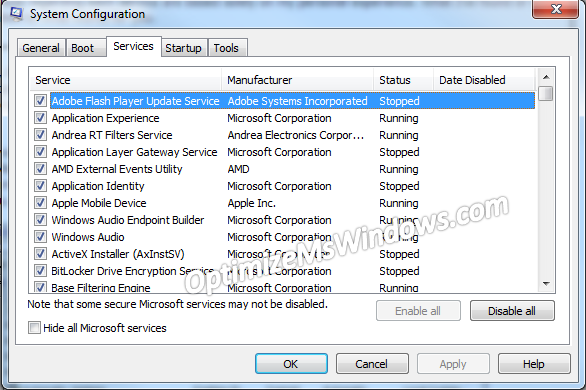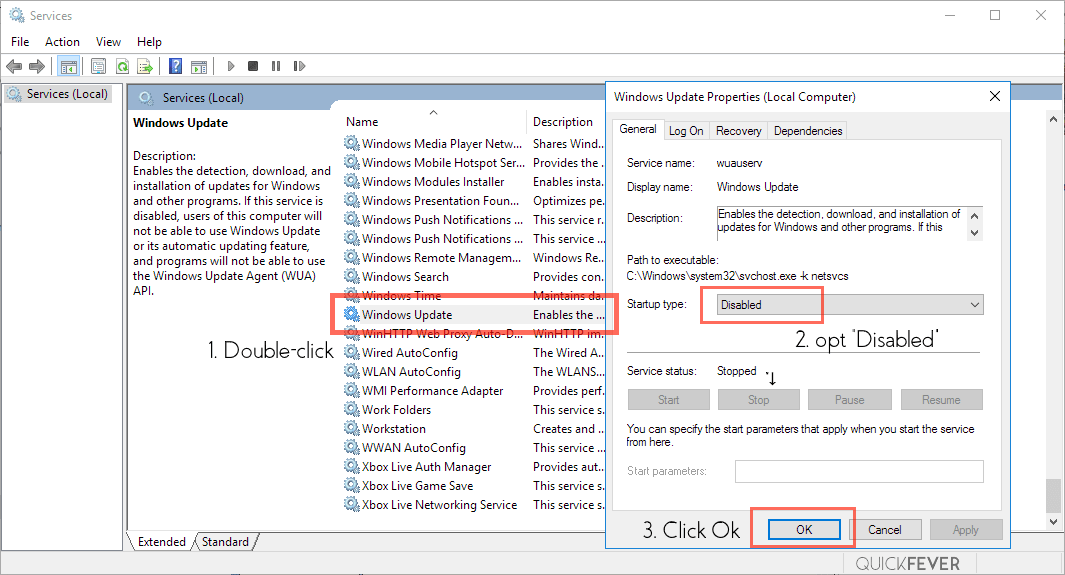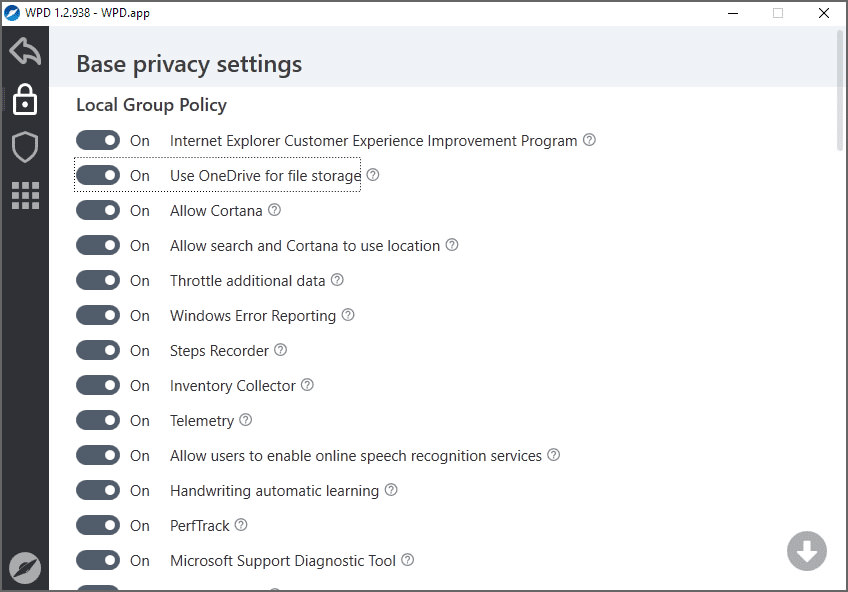

- WHAT WINDOWS 10 SERVICES TO DISABLE INSTALL
- WHAT WINDOWS 10 SERVICES TO DISABLE ANDROID
- WHAT WINDOWS 10 SERVICES TO DISABLE PRO
WHAT WINDOWS 10 SERVICES TO DISABLE INSTALL
Jose7822 wroteThe first thing you need is to NOT install the latest Windows 10 build 1903. Überwachung verteilter Verknüpfungen (Client) Windows-Sofortverbindung-Konfigurationsregistrierungsstelle Windows Media Player-Netzwerkfreigabedienst Verwaltung für automatische RAS-Verbindung Verbindungsschicht-Topologieerkennungs-Zuordnungsprogramm Verbindungs-Manager-Dienst von Wi-Fi Direct Services KtmRm für Distributed Transaction Coordinator You must translate from German to English please.Īnschlussumleitung für Remotedesktopdienst im Benutzermodusīenutzererfahrung und Telemetrie im verbundenen Modusīluetooth-Unterstützungsdienst für Benutzer_xxxĭienst für Bildschirmtastatur und Schreibereichįunktionssuche-Ressourcenveröffentlichung But again, this argument is easily debunked by simply observing how sluggish and unresponsive the system gets when trying to simultaneously run too many things.At least this one can be disabeld.
WHAT WINDOWS 10 SERVICES TO DISABLE ANDROID
The "experts" claim Android is much smarter than Windows in this respect and even sometimes advise you never install any sort of task killer apps.

Even the mouse and keyboard inputs become frustrating to use, clicking on something can take many seconds or a few minutes to even spit out an error message. Just open several dozen browser instances on a variety of websites, maybe launch a windowed game or something as well, you'll eventually reach a threshold where you can't really do anything else because all your hardware resources are saturated and everything gets slowed down to the point of near unusability. but that being said, modern hardware is immensely powerful and doesn't show much (if any) measurable slowdown unless you're running enough tons and tons of extraneous processes to actually consume all the available threads and memory. the latest-and-greatest Win10 builds are no exception to this. Windows has always been notorious for performance-clogging bloat. Removing/deactivating processes frees up processor and memory resources, and there's quite a few bloaty/useless things running all the time that can indeed be safely disabled during "normal" gaming use, even if the OS needs to load them in again when you do other things (like, say, open Microsoft Office). It's a myth that need debunking that services are resource hog and you won't see performance gain. Join Date Mar 2015 Reputation 152 Posts 2,718
WHAT WINDOWS 10 SERVICES TO DISABLE PRO
Samsung 850 PRO 512GB SSDs, 4xSATA3 RAID0 NVIDIA Quadro GP100GL/16GB, 16xPCIe3, NVLink1 (SLI-HB) Windows Push Notifications User Service_4eadb Windows Push Notifications System ServiceĬonnected Devices Platform User Service_4eadb Intel(R) ProSet/Wireless Zero Configuration Service Intel(R) ProSet/Wireless Registry Service
Intel(R) Management and Security Application Local Management Service Intel(R) Dynamic Application Loader Host Interface Service Do you see any that are safe to disable without risking the safety of hardware or software? But maybe some of them are just hogging resources and I don't need. Obviously some of these are essential to keep Windows and Wifi working, possibly also control fans and internal things. I used msconfig to look at services and there are 91 services always running in the background. As I mentioned in my last post, even when it's static or running something light like Chrome it never drops below 48°.

When I run a high-resource game like Sims 3 I keep getting notifications that the CPU is reaching 90☌. I bought an ASUS GR8 II-TO43Z last month and I'm worried it's running a little hot.


 0 kommentar(er)
0 kommentar(er)
